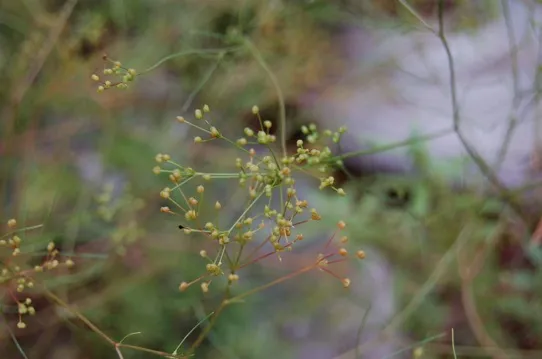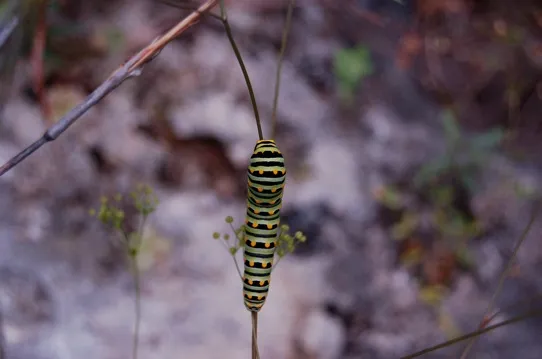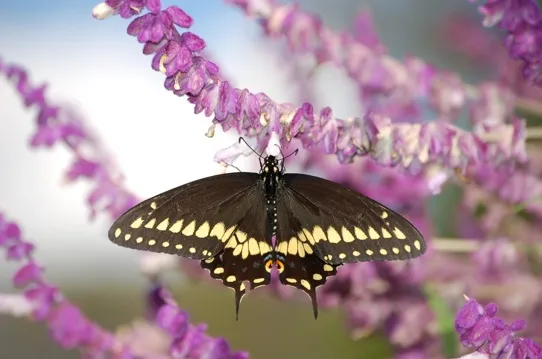By Delmar Cain
In July representatives of the Cow Creek Groundwater Conservation District met with representatives from other groundwater districts from surrounding counties as part of the Groundwater Management Area 9 to decide what our aquifer levels should be in 2060.
At that meeting I first heard of the concept of “desired future condition” (DFC) or what we want something to be or look like at some time in the future. Although it was used at the GMA 9 meeting in the context of future aquifer levels, I was intrigued at its application to another area.
In the Introduction to his useful reference book, “Wildflowers of the Texas Hill Country”, Marshall Enquist quotes from an account by Texas Ranger, James Gillett, who wrote about his experiences in “Six Years with the Texas Rangers, 1875-1881” (University of Nebraska Press and Yale University Press, 1976). Gillett, who spent most of his time as a ranger in the Hill Country, called it “an earthly paradise.” “In the Springtime, one could travel for hundreds of miles on a bed of flowers…How happy I am now in my old age that I am a native Texan and saw the grand frontier before it was marred by the hand of man.”

The spring of 2010 was a memorable one with a vast array of wildflowers along our highway right of ways and in some of the managed and unmanaged fields adjoining the roads. Many of our neighbors complemented the right of ways and the fields with their own carpets of Bluebonnets, or of Indian Blankets or of Coreopsis. Along the right of ways I noticed flowers that I had not seen in the five years that we have lived here, including Basket-Flower, white Standing Winecup and the rich purple blooms of the Western Ironweed.
I spent extra time perusing wildflower reference websites and sending excited emails with attached images to my local experts, Bill Ward and Lottie Millsaps, who verified that I had located Nerve-Ray, or the tiny flowered climbing vine, Cynanchum, or the creamy yellow Texas Star also most appropriately named the Lindheimer Daisy. The eye-catching beauty of many of these wild natives assures me that they will demand a place in the “desired future condition.”

But I do wonder about those less showy plants, which generally occupy a much less visible place in our landscapes. For example, the Scale-seed may have been in my yard for the previous five years before last spring—but I never saw it. It is thin and lacey and doesn’t appear to have a bloom large enough for me to photograph. The small knobs on the end of the branches probably are not one-eighth of an inch in diameter and the whole plant would surely fit in the category of weed to almost anyone armed with a weed-eater.
Frankly, I would not have noticed the plant had it not had a very colorful visitor—a strikingly beautiful black and yellow larva. Once I saw the plant and the others nearby, I noticed that each had a similar visitor.

Lottie Millsaps advised me that the plant was Scale-seed, a dill-like member of the carrot family and one of the food plants for the larva of the Black Swallowtail Butterfly. Had I been a precision gardener with no tolerance for the unknown, I would have missed this opportunity to observe the unexpected connection between a small delicate plant and a very showy butterfly.
We may never get back to the carpet of flowers that Ranger Gillett observed in 1875-1881. But, as Kendall County grows in the next 50 years, I hope that a significant portion of our citizens will work to see that our “desired future condition” includes not only the wild beauty along our roads and fields, but also a place for the “unexpected connections” to continue.


